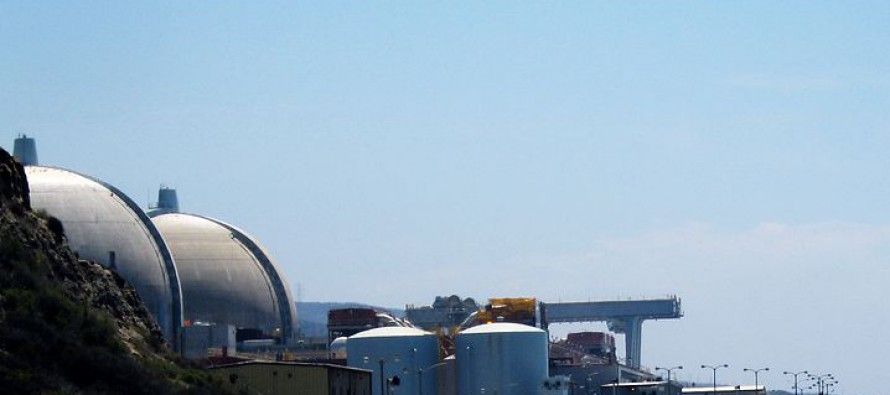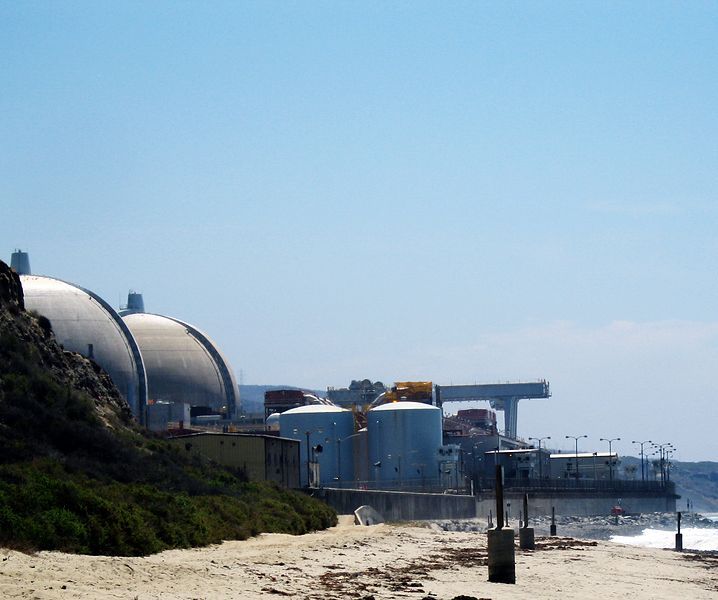San Onofre nuke shutdown shocks consumers

 “This is very good news for the people of Southern California.” So said Erich Pica, president of the outspoken environmental group Friends of the Earth, celebrating in June 2013 the announced closure of San Onofre Nuclear Generating Station.
“This is very good news for the people of Southern California.” So said Erich Pica, president of the outspoken environmental group Friends of the Earth, celebrating in June 2013 the announced closure of San Onofre Nuclear Generating Station.
A year and a half later, the people of Southern California are to be forgiven for thinking the decommissioning of San Onofre anything but very good news. That’s because it will cost them $3.3 billion in higher electricity rates under a settlement approved recently by the California Public Utilities Commission.
And here’s what most business and residential customers of Southern California Edison, San Onofre’s majority owner, and San Diego Gas & Electric, the nuclear plant’s minority owner, don’t know. Friends of the Earth in April this year joined the settlement with Edison and SDG&E that will saddle the utilities’ ratepayers with 75 percent of the total $4.4 billion cost of mothballing San Onofre, with Edison and SDGE shareholders footing the other 25 percent.
That’s not the result Friends of the Earth suggested to Edison and SDG&E ratepayers when they began their campaign in 2012 to Mau-Mau the utilities into decommissioning the nuclear plant.
Indeed, in Jan. 2012, a small radiation leak in one of San Onofre’s twin reactors prompted a temporary shutdown of the plant, during which it was discovered there had been certain wear and tear on tubing within the newly installed steam generators made by Japan’s Mitsubishi Heavy Industries.
Alarmist
Edison eventually repaired the problems and sought the permission of federal regulators to restart the nuclear plant. But Friends of the Earth insisted San Onofre was inherently unsafe, that it posed “a unique threat to 8 million Californians living within 50 miles” of the nuclear plant just south of San Clemente, and that it should be permanently shut down.
Friends of the Earth’s alarmist campaign ultimately succeeded. San Onofre sat idle for 16 month, costing Edison more than $550 million in repairs and loss of plant revenue.
In October 2012, the anti-nuke activist group argued that “continued operation of San Onofre is not cost effective.”
Edison agreed, with continued uncertainty as to if and when federal regulators would allow San Onofre to start producing electricity again, the utility decided to decommission the plant.
‘Victory!’
Friends of the Earth declared “Victory!” on its Facebook page, hailing Edison’s capitulation.
FOE suggested that the 2,200 megawatts San Onofre generated when fully operational – which accounted for roughly 20 percent of Edison’s total electricity production – could easily be replaced by a solar power and wind energy. It linked to a statement from Pica:
“We have long said that these reactors are too dangerous to operate and now Edison has agreed. The people of California now have the opportunity to move away from the failed promise of dirty and dangerous nuclear power and replace it with the safe and clean energy provided by the sun and the wind.”
But that hasn’t happened yet.
More, as CalWatchdog.com has reported, there often is a delay between when daytime solar power ramps down and evening wind power ramps up. That delay forces the electricity companies to buy costly natural-gas generated electricity on the spot market – another shock to ratepayers. That problem didn’t occur with San Onofre’s electricity because generation was continuous.
FOE also suggested the cost of San Onofre’s permanent shutdown wouldn’t be felt by customers of Edison and SDG&E.
The people of Southern California now know the shocking truth: They were misled to the tune of $3.3 billion in higher electricity rates, plus higher rates during the solar-wind power transition.
Related Articles
Green Power Project Jolts Citizens
JULY 20, 2011 By KATY GRIMES In the Southern California city of Chino Hills, there is a palpable anger spreading
False River dam could halt Delta saltwater surge
California climatologists such as Jeffrey Mount, Peter Gleick and the California Climate Change Center have predicted for some time
New suit filed against high-speed rail
On June 23, the Transportation Solutions Defense and Education Fund filed a new lawsuit against California’s high-speed rail project. TRANSDEF supports




